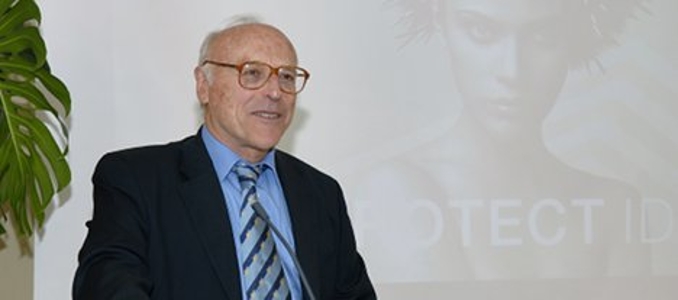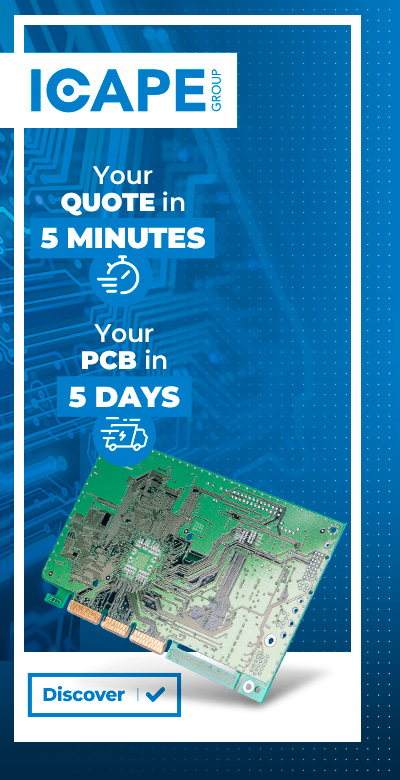
© Sisvel
Business |
Making 3D television better to watch and more cost-effective to broadcast
In both cinemas and on the television, 3D has been one of the hot developments in recent years, with broadcasters in particular being keen to differentiate their brands in a crowded market by creating the perception of added value through 3D content programming.
Television broadcast in 3D provides the illusion of depth by simultaneously delivering two separate images, shot with slightly different viewpoints, to the left and right eye. With the aid of specialized eyewear, the viewer sees the two images at the same time, and the brain interprets the differences as depth.
Broadcasters are keen to get on the crest of the 3D wave, but delivering these two images to the viewer’s television set poses some challenges for them. Two items rarely fit into the space normally used for one, and this is as true for video as it is for almost anything else you can think of. Broadcasters invest heavily in state-of-the-art compression equipment in order to minimize the costly bandwidth required to transmit HD channels, and every last bit of the bandwidth is prized.
The current method used by most broadcasters for 3D transmissions squeezes the two images into the space occupied by one by increasing this compression. This causes a noticeable loss of resolution by halving the number of pixels vertically or horizontally, and since subscribers have usually paid extra to see a full HD resolution image, this is not an ideal solution.
But what adds to the headache for the broadcaster is the need to supply the content in 2D form also, for those viewers (and they are the majority) who are not yet equipped for 3D viewing. Put another way, it means that the broadcaster has to dedicate a channel specifically for the 3D transmission, and when channel bandwidth is such an expensive commodity, this makes 3D a costly experiment for most broadcasters, and that acts as a brake on development of the 3D market.
 © Sisvel
It’s well known that for the viewer, watching 3D means donning a pair of specialized glasses. But for broadcasters, once the content has been shot using a 3D camera rig, the existing production and transmission infrastructure can be used without alteration. So in terms of equipment, 3D would not necessarily be much more expensive to deliver, if it were not for the bandwidth conundrum.
What the industry really needs in order to make 3D cost-effective for broadcasters and more widely available to consumers, is an alternative format that delivers uncompromised HD resolution without requiring the broadcaster to dedicate a separate channel to the 3D signal.
In 2010, Sisvel Technology launched an alternative 3D transmission format that fulfills these criteria. The 3D Tile Format™ replaces the ipso facto standard of vertical or horizontal resolution halving, with a full-resolution image for both left and right eyes. The two stereoscopic images for left and right are delivered at full 720p resolution, fitting into the 1080p frame without requiring extra bandwidth. The perceived image quality is therefore of the full HD experience the subscriber signed up for, without the image degradation caused by heavy compression.
The unaltered left image is complemented by the right image, which is divided into three tiles to fit into the 1080p frame.
© Sisvel
It’s well known that for the viewer, watching 3D means donning a pair of specialized glasses. But for broadcasters, once the content has been shot using a 3D camera rig, the existing production and transmission infrastructure can be used without alteration. So in terms of equipment, 3D would not necessarily be much more expensive to deliver, if it were not for the bandwidth conundrum.
What the industry really needs in order to make 3D cost-effective for broadcasters and more widely available to consumers, is an alternative format that delivers uncompromised HD resolution without requiring the broadcaster to dedicate a separate channel to the 3D signal.
In 2010, Sisvel Technology launched an alternative 3D transmission format that fulfills these criteria. The 3D Tile Format™ replaces the ipso facto standard of vertical or horizontal resolution halving, with a full-resolution image for both left and right eyes. The two stereoscopic images for left and right are delivered at full 720p resolution, fitting into the 1080p frame without requiring extra bandwidth. The perceived image quality is therefore of the full HD experience the subscriber signed up for, without the image degradation caused by heavy compression.
The unaltered left image is complemented by the right image, which is divided into three tiles to fit into the 1080p frame. . The metadata necessary for dividing the image in this way and reconstructing it at the set top box is contained within the H.264 image wrapper format. Viewers equipped for 3D see a full-resolution 3D image with noticeably better quality, and viewers with 2D HD TV sets see the left image only – a 720p 2D HD image. The two audiences are therefore served by one signal on a single channel, saving the broadcaster a great deal of expense.
Like the current method, the 3D Tile Format does not need any special equipment or changes to production and transmission infrastructure. This sets it apart from other possible alternative methods such as 2D plus delta, which do require alterations in the infrastructure, at the set top box and TV, and in the bandwidth allocation since the 2D signal uses the full 10M bandwidth normally allocated for the channel and the depth (delta) information needs another 40% on top.
What makes the 3D Tile Format a particularly elegant solution is its simplicity: the cropping window information – which is used to slice the image – is already part of the specification of the H.264 format. Normally this information is used just to keep out the last 8 rows of video because a 1080 frame is not divisible by 16: therefore when an encoder codes the content for a normal HD broadcast channel it uses a 1088 row, and the cropping information excludes the last eight rows. For the 3D Tile Format we have only to change the cropping window information, so that instead of the STB receiving the instruction to keep out the 8 rows it is instructed: 'if you are a 2D TV set and you are receiving a 3D content please use just the first 720 rows and the first 1280 columns, and exclude the rest'.
Broadcasters transmitting in 1080p are using around 9Mb of bandwidth, and in its implementations to date the 3D Tile Format easily fits both the 2D and 3D transmission into that. These implementations have been at the regional Italian broadcasters Quartarete and Città Digitali. Both demonstrated that even relatively small broadcasters have no difficulty in adapting to the new format, and achieving excellent results and considerable savings as a result.
Also Astra in its Satellite 3D channel is transmitting in 3D Tile Format.
There are also no special requirements for shooting for the 3D Tile Format: the usual cameras can be used in exactly the same way as for any other 3D format. Indeed, one of the most convincing demonstrations of the 3D Tile Format is to take a single piece of 3D content and show it simultaneously on two screens, one in the Tile Format, and one in the current standard format. Such a demonstration clearly highlights both the quality improvements and the bandwidth economy of the 3D Tile Format.
Work is already underway with a number of set top box manufacturers who are building support for the new format into their products, and by the autumn of 2011 there will be an increasing number of STBs and TV sets newly supporting the format in addition to the existing early adopters.
-----
Author: by Paolo D'Amato, CEO, Sisvel Technology
 © Sisvel
It’s well known that for the viewer, watching 3D means donning a pair of specialized glasses. But for broadcasters, once the content has been shot using a 3D camera rig, the existing production and transmission infrastructure can be used without alteration. So in terms of equipment, 3D would not necessarily be much more expensive to deliver, if it were not for the bandwidth conundrum.
What the industry really needs in order to make 3D cost-effective for broadcasters and more widely available to consumers, is an alternative format that delivers uncompromised HD resolution without requiring the broadcaster to dedicate a separate channel to the 3D signal.
In 2010, Sisvel Technology launched an alternative 3D transmission format that fulfills these criteria. The 3D Tile Format™ replaces the ipso facto standard of vertical or horizontal resolution halving, with a full-resolution image for both left and right eyes. The two stereoscopic images for left and right are delivered at full 720p resolution, fitting into the 1080p frame without requiring extra bandwidth. The perceived image quality is therefore of the full HD experience the subscriber signed up for, without the image degradation caused by heavy compression.
The unaltered left image is complemented by the right image, which is divided into three tiles to fit into the 1080p frame.
© Sisvel
It’s well known that for the viewer, watching 3D means donning a pair of specialized glasses. But for broadcasters, once the content has been shot using a 3D camera rig, the existing production and transmission infrastructure can be used without alteration. So in terms of equipment, 3D would not necessarily be much more expensive to deliver, if it were not for the bandwidth conundrum.
What the industry really needs in order to make 3D cost-effective for broadcasters and more widely available to consumers, is an alternative format that delivers uncompromised HD resolution without requiring the broadcaster to dedicate a separate channel to the 3D signal.
In 2010, Sisvel Technology launched an alternative 3D transmission format that fulfills these criteria. The 3D Tile Format™ replaces the ipso facto standard of vertical or horizontal resolution halving, with a full-resolution image for both left and right eyes. The two stereoscopic images for left and right are delivered at full 720p resolution, fitting into the 1080p frame without requiring extra bandwidth. The perceived image quality is therefore of the full HD experience the subscriber signed up for, without the image degradation caused by heavy compression.
The unaltered left image is complemented by the right image, which is divided into three tiles to fit into the 1080p frame. 


